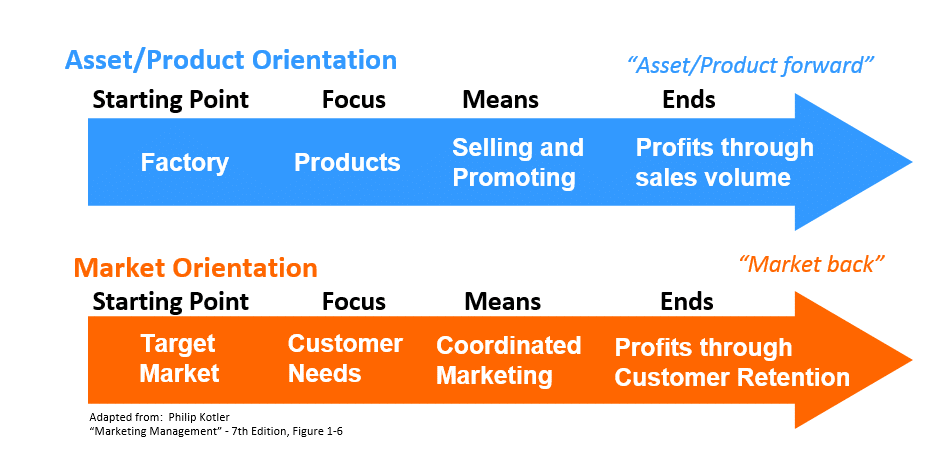There’s no “right way” to run a business. Business leaders are faced with numerous important decisions each day. The way they choose to approach these decisions can profoundly impact strategic development, business outlook, and—ultimately—sales.
The business model you decide to align yourself with may depend on your company’s specific strengths, business goals, and target market demands. If you’re a small business, deciding which business orientation approach (or approaches) to take can be challenging.
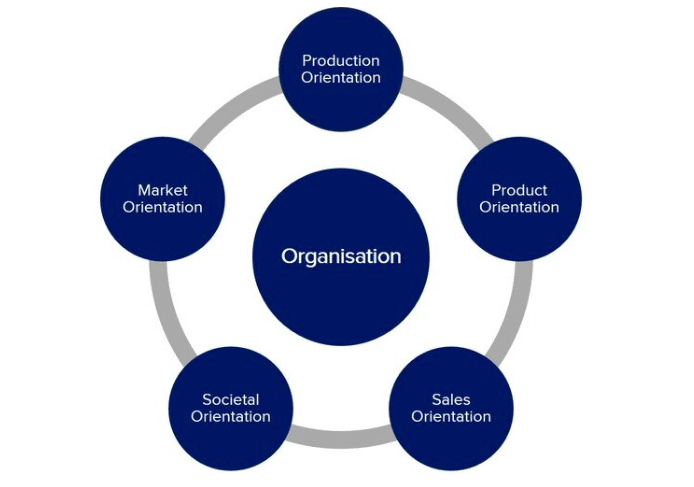
Most businesses don’t stick to a single orientation approach. Instead, they’re more likely to combine elements of each alternative. Understanding your business orientation can help you effectively direct your efforts in product development, sales, and marketing.
What does business orientation mean?
Business orientation refers to how a company or organisation approaches its strategies for success. As a business, being successful means outlining a strategy and following it to achieve your goals.
What are the main types of business orientation?
There are five types of business orientation that we’ll consider in this article. Understanding each orientation can help you better decide which one best suits your business.
- Production orientation
- Product orientation
- Sales orientation
- Market orientation
- Societal marketing orientation
It’s important to note that these approaches aren’t mutually exclusive. In fact, most modern businesses will have their own approach to business that might combine ideas from each approach, or take another one altogether.
Let’s take a more in-depth look at what each orientation means, its advantages and disadvantages, as well as some real-life business examples that illustrate how they work.

1. Production Orientation
Production orientation definition
Production-oriented companies focus on the production process and aim to manufacture goods as cheaply and quickly as possible.
How does it work?
The main goal of this type of company is to reduce costs.
Production-oriented companies believe that if they rely on mass production to create a quality product at an affordable price point, customers will buy it. Therefore, it doesn’t matter if the product actually meets their wants and needs.
When sales fall, the response of firms with this focus is to lower prices through increased productivity. This philosophy is highly effective in situations where consumer demand is higher than supply.
There are numerous examples of companies that take this approach. Notable examples include fast-food chains such as Burger King or McDonald’s, which focus on producing high quantities of fast food at the lowest price possible. Another example is the Ford Motor Company. When Henry Ford developed the assembly line method, he mass-produced relatively inexpensive cars while minimising production costs as much as possible.
Some advantages of production orientation include:
- Companies exploit economies of scale for maximum efficiency at the lowest cost.
- Low-cost for customers
- Efficient outsourcing (e.g. if you are developing an e-commerce website, you could send shopping cart components to be mass-produced by a vendor)
However, the increasing popularity of other forms of business orientation reflects the shift towards approaches centred on customer satisfaction and the overall customer experience. The disadvantages of production orientation include:
- Competitors easily replicate techniques.
- Neglects customers’ wants and needs
- Problematic if demand doesn’t outstrip supply
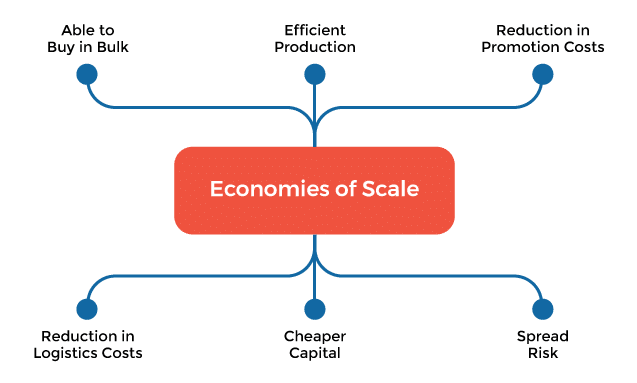
2. Product Orientation
Product orientation definition
When a business takes a product orientation approach, it focuses on its product or service’s quality and performance. This sounds similar to the production approach, but the main difference lies in the customer’s involvement.
What is a product orientation approach?
When businesses take this approach, their goals are product innovation and improvement. They might create high-quality new products to solve existing customer problems, or regularly survey customers to identify improvement areas. Moreover, they value their relationships with customers and strive to meet their needs effectively.
Product orientation strategies focus on:
- Customer satisfaction
- Customer feedback from focus groups, surveys, polls, and other market research tools to better understand what the consumer wants
- Developing new products to solve consumer needs
The company invests heavily in product research and development, guided by customer needs. It emphasises continuously improving and refining its offerings to ensure they remain competitive in today’s consumer-driven society. Thus, they aim to develop products that bring long-term value to the company, and recognise that copycat products dilute the market and erode market share due to price competition.

Source: Photo by Michał Kubalczyk on Unsplash
Product-oriented companies are tech-savvy. They can innovate with new technologies to address customer needs—even if they are unknown—and generate market demand. The primary goal is to delight the customer with a high-quality product that caters to their needs better than those offered by competitors.
Apple can be labelled as a product-oriented company. Apple focuses on its quality and relies on innovation to enter new markets and create demand. Apple’s product-oriented approach allows them to address the unanswered or unarticulated customer wants and needs with attractive and innovative electronics that offer a competitive advantage over similar products from rivals.
Although Apple combines product and marketing orientations, its state-of-the-art tech gadgets are the reason it’s one of the world’s leading companies, second only to Amazon. That being said, Apple leverages customer service and business marketing strategies to drive customer satisfaction and boost brand loyalty even further.

Advantages of product orientation include:
- Focus on creating and offering high-quality goods and services
- Innovative products that focus on providing the best user experience
- Better market research leading to a reduced risk
Disadvantages include:
- Potential for missed market opportunities
- Product obsolescence due to technology developments
- Difficult to pull off if a product isn’t unique
3. Sales Orientation
Sales orientation definition
Sales orientation refers to a business strategy in which a company focuses on selling its products to potential customers in target markets. Typically, sales teams will use outbound sales tactics to promote products and drive revenue.
What does a sales-oriented business do?
Sales orientation emphasises strategies and tactics that push people towards buying a product or service. Often, sales-oriented businesses aren’t focused on long-term results but rather on achieving immediate sales. The focus isn’t on determining consumer desires or catering to customers’ needs, but on building profit margins.
Sales representatives in call centres will usually employ outbound cold calling techniques to deliver a sales pitch or inform customers about discounts and promotions. Today, customer demands have changed, and consumers are no longer as accepting of outbound sales methods.
Instead, consumer empowerment (across all industries) initiated a shift towards inbound sales/marketing approaches that emphasise building trust and improving the customer experience to boost sales and brand engagement.
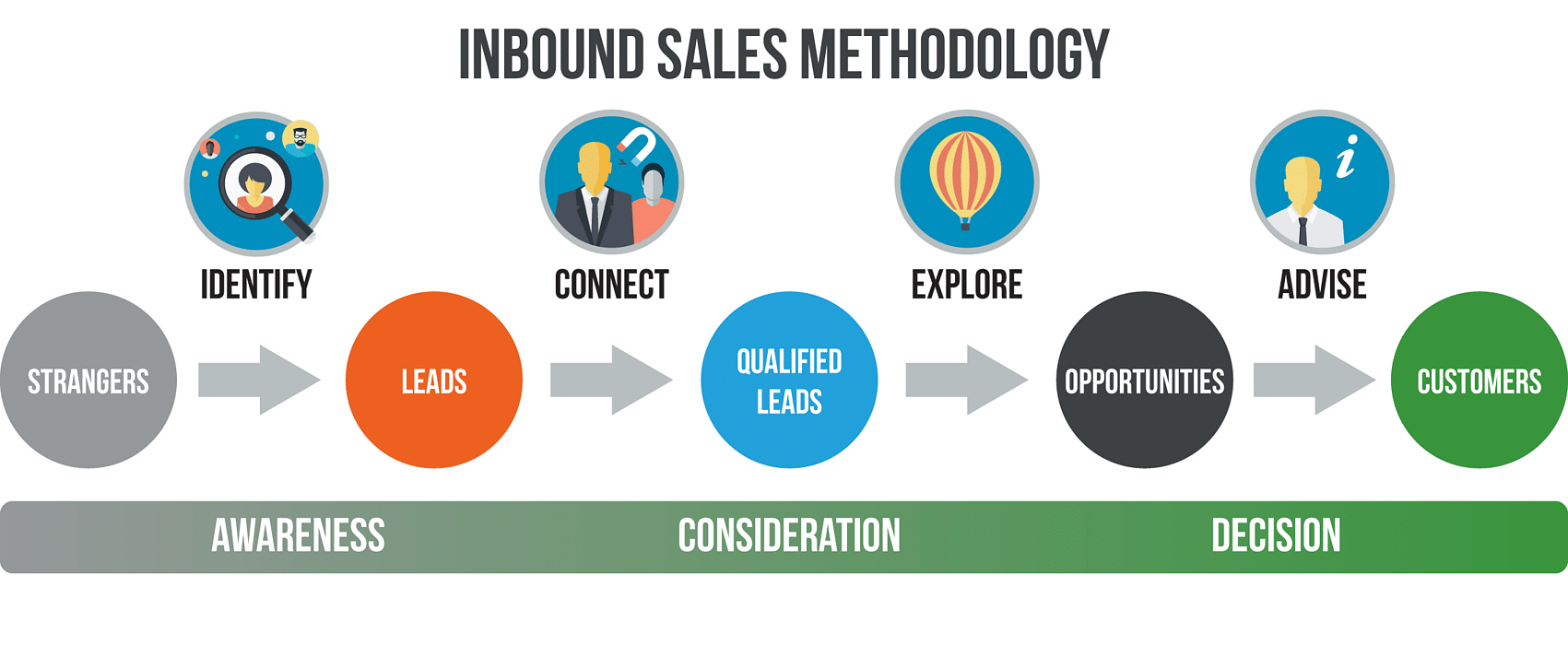
This approach can be lucrative in insurance, lifestyle products, or automotive industries, commonly implemented. Typically customers don’t seek out these products or services—maybe they’ve never even thought about them—so they’re more likely to allow themselves to be guided towards a sale by a knowledgeable sales rep.
The main advantage of sales orientation is that it leads to immediate, short-term sales. On the other hand, disadvantages include a loss of customer confidence, high costs, and the fact it’s not always sustainable in the long run.
4. Market Orientation
Market orientation definition
This approach prioritises identifying consumers’ needs and delivering products and services to satisfy them.
How does it work?
The primary focus of sales orientation is on pleasing existing customers and generating sales, and a marketing orientation aims to promote products to attract new customers.
A market-oriented business is outward-looking. It focuses on fulfilling its target markets’ wants and needs to achieve success. Resultantly, any customer demand shifts must be addressed and might reflect changes in product or service offerings.
For instance, a business with a marketing orientation recognises that customer service demands are continually evolving. Consumers demand more personalisation from businesses, alongside omnichannel support strategies that allow communication across digital channels, including phone, email, and social media. As a result, that business might implement a contact centre solution to serve their customers better.
Essentially, market orientation is a customer-first approach as the offering is produced in regards to how it meets customer’ demand and expectation.
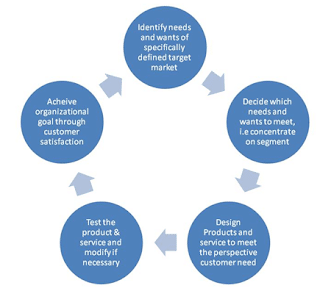
In today’s competitive environment, most markets are shifting towards a market-oriented approach. As customers have become more knowledgeable and demand better quality and customer service, businesses must adapt their strategies to remain competitive. In other words, their operations can be defined as service businesses, with customer service at the forefront.
Key features of a market orientation approach include:
- Uses market research and testing to focus on what customers want
- Strong emphasis on building and maintaining relationships with loyal customers
- Marketing strategy involves tracking information and data to understand customer needs.
- Links customers’ needs to company capabilities
The advantages of this approach include:
- Promotes brand loyalty through strategies that increase customer satisfaction
- Flexible production based on customer demand/wants/needs
- Links customer needs to organisational capabilities.
- Boosts internal marketing and communications
However, there are some disadvantages:
- Can incur high operational costs as the company reacts to customer demand, rather than shapes it.
- Unpredictable
A good example of a company that uses this approach is the Coca Cola company. Although we can consider Coca Cola as a company that merges approaches, their market orientation is a key factor in their success.
The company has produced numerous memorable marketing campaigns that link the soft drink to experience. Customers no longer drink Coca Cola simply for the taste, but because of what it means to drink it. We can also consider the brand’s response to shifts in consumer health concerns and the development of sugar-free products like Coke Zero that catered to this market.

Photo by Bradley pisney on Unsplash
5. Societal marketing orientation
The final approach is the newest addition to business orientation: societal marketing orientation.
Societal marketing definition
When a business uses this approach to inform their business strategies, they decide to put human welfare before profits and customer demands. This type of organisation emphasises social responsibility, arguing that to achieve long-term success, their marketing strategy should provide value to customers and improve society’s wellbeing.
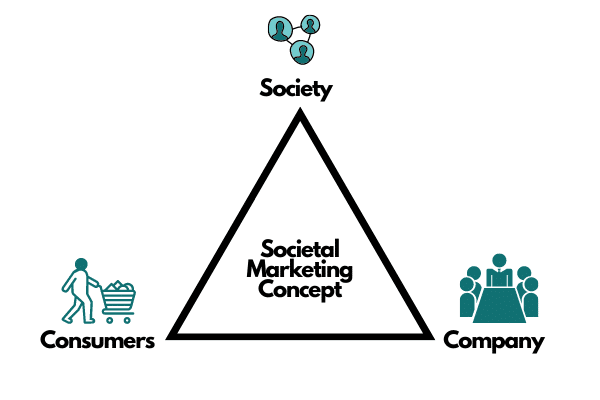
How does it work?
Societal marketing is a philosophy that focuses on creating a favourable image of a brand or organisation to increase sales. It calls for socially and environmentally responsible marketing that sustainably meets consumer needs while, at the same time, considering how it benefits society as a whole.
This approach’s main advantage is that companies can craft a positive public image through ethical, moral, and socially responsible business marketing methods. As the world increases its focus on sustainable ways of living, consumers are more inclined to buy products, which is —of course— the company’s goal.
However, this business philosophy does come with some calculated risk and often added costs that come with manufacturing and marketing sustainable products and services.
A good example of this type of company is The Body Shop. This UK skincare, cosmetics, and perfume company emphasises that it champions human, civil, and animal rights alongside environmental issues. Moreover, it only uses natural materials in the production of its products.
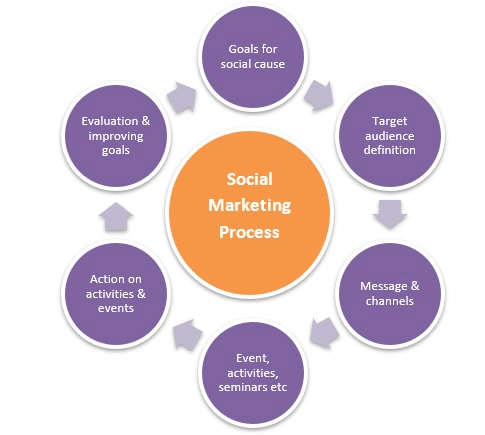
Identifying which approach best fits your business
Perhaps, after reading this post, you’re asking yourself how you can choose the best approach for your small business. The thing is, in today’s modern business landscape, you don’t have to choose just one.
These business orientations reflect changes in business and marketing thinking over the last century. Today, businesses can’t afford to concern themselves with manufacturing in-demand products at a low cost. Instead, more and more businesses adopt a holistic approach that focuses on incorporating various aspects of each orientation.
There’s no one-size-fits-all when it comes to business. Your orientation approach forms around your business. The way you run your business depends on how your organisation operates, the products or services it offers, its challenges, and the philosophies that you adhere to.
One thing’s for certain, today’s age of digital transformation and a global shift towards remote work have changed the way businesses do sales, customer service, and marketing, amongst many other processes.
Business leaders must rethink their strategies to align with shifting consumer expectations and demands, through exceptional service, innovative products, and personalised marketing that outshines that of competitors.
Whether your business chooses to do this by leveraging new technologies to improve customer experience, inform product development, or develop attractive marketing campaigns to attract and secure leads, business orientation should focus on the customer.
Originally published Feb 10, 2021, updated Jan 16, 2023

